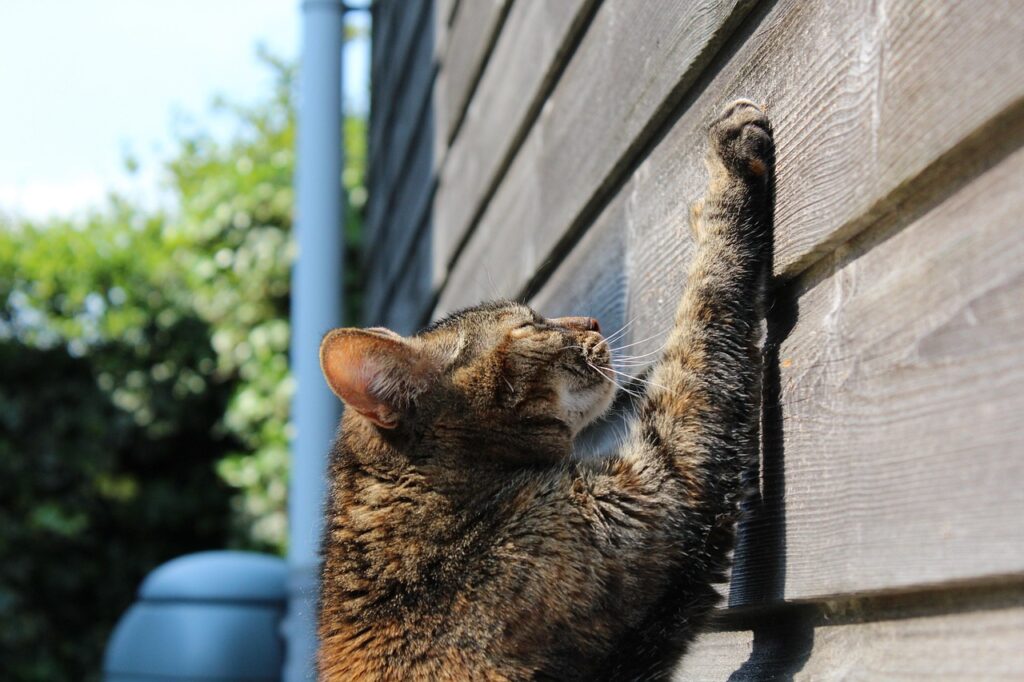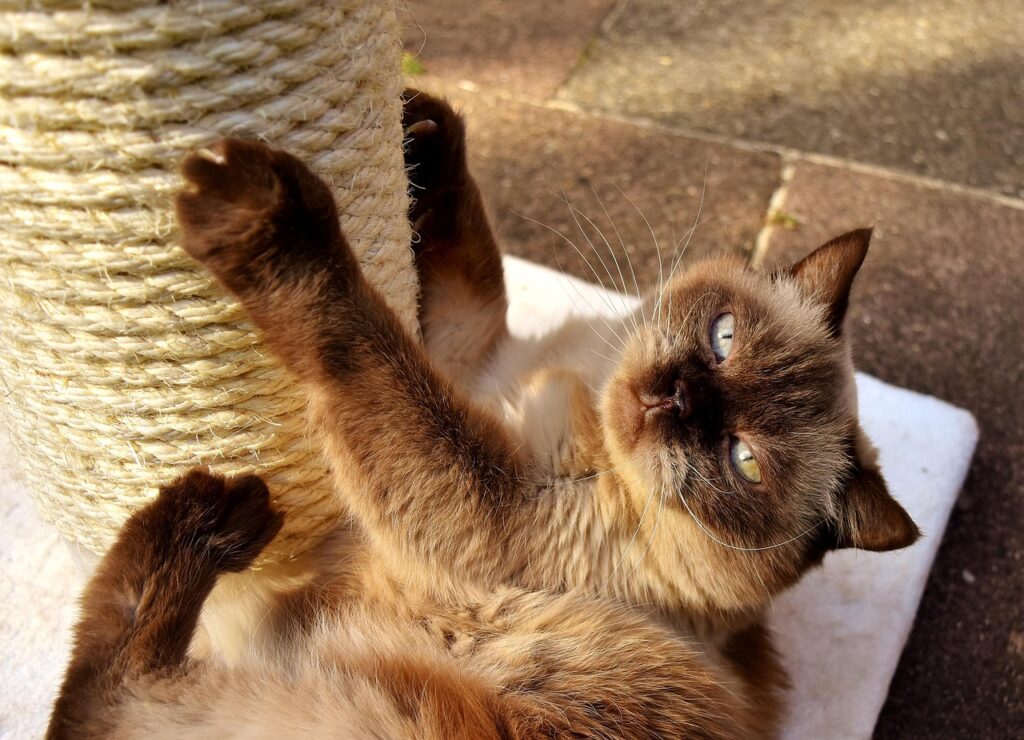How to Keep Your Cat from Scratching the Furniture
Scratching is a natural and necessary part of a cat’s behavior—but when it involves your couch or favorite chair, it can be frustrating. The good news? You can train your cat to scratch appropriate places without stress or punishment. This guide shows you how to protect your furniture while supporting your cat’s instincts.

Why Do Cats Scratch?
Contrary to what it may seem, cats don’t scratch furniture out of spite. Scratching is instinctive and serves several essential purposes:
- Maintains healthy claws by shedding old nail layers.
- Marks territory with scent glands in their paws.
- Stretches muscles and supports flexibility.
- Relieves stress and anxiety, especially during transitions or boredom.
Tip: You can’t stop scratching—but you can redirect it.
Step 1: Provide Scratching Alternatives
Your first step is to give your cat something better to scratch.
Choose the Right Scratching Post
- Go for tall, sturdy posts (at least 30 inches).
- Choose sisal fabric or rope—most cats prefer it over carpet.
- Position posts near places your cat already scratches.

Try a Variety of Scratchers
- Use horizontal scratchers or mats for cats who don’t like vertical posts.
- Cardboard scratchers are budget-friendly and easy to replace.
Tip: Try different materials to learn what your cat prefers—sisal, wood, cardboard, or carpet.
Step 2: Make Furniture Less Appealing
If your cat keeps scratching the couch, change the environment to make it less tempting.
- Apply double-sided tape like Sticky Paws. Cats dislike sticky textures.
- Cover problem spots temporarily with foil, plastic, or furniture covers.
- Use deterrent sprays made with safe citrus or herbal ingredients.
Important: Always combine deterrents with more attractive scratching options.
Step 3: Encourage Good Scratching Behavior
Help your cat love their scratching post by making it rewarding.
- Rub catnip or spray catnip extract on posts to draw interest.
- Praise and treat your cat when they use the post.
- Play with toys near the scratcher to promote interaction.
Never punish your cat for scratching. Redirect gently and reward positive choices.

Step 4: Keep Nails Trimmed
Regular nail care helps reduce the damage if your cat does scratch furniture.
- Trim claws every 2–3 weeks to keep them from getting too sharp.
- Use soft nail caps (like Soft Paws) to blunt damage while allowing normal scratching behavior.
Introduce trimming gradually with patience and rewards.
Step 5: Do Not Declaw
Declawing is not a humane solution—it’s a painful procedure that removes part of the toe bone.
- It can lead to chronic pain, mobility issues, and behavioral problems like biting or litter avoidance.
- Many countries and U.S. states have banned or restricted declawing for ethical reasons.
There are far more effective and compassionate ways to manage scratching behavior.
Final Thoughts
Scratching is a healthy, instinctual behavior for cats, but with the right tools and training, you can keep your furniture safe without sacrificing your cat’s well-being. Focus on providing appropriate scratching alternatives, using gentle deterrents, and reinforcing positive behavior.